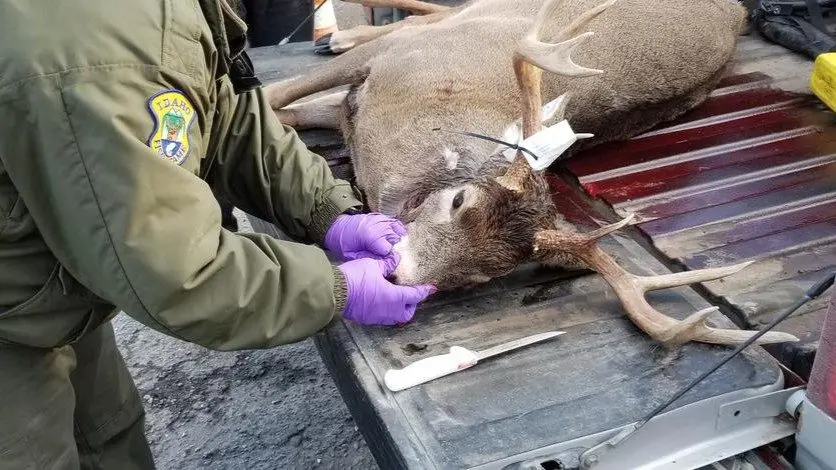BOISE, ID – Idaho Fish and Game is recognizing Chronic Wasting Disease (CWD) Awareness Week from Sept. 15–21, urging hunters and wildlife enthusiasts to learn more about the disease and the role they play in managing its spread.
CWD is a contagious and fatal neurological disease that affects deer, elk, and moose. With no known cure or vaccine, wildlife officials stress that controlling its prevalence is essential for protecting Idaho’s big game herds. “I think hunters should pay attention to CWD because it affects what they love to do, which is to hunt,” said Rick Ward, Fish and Game State Wildlife Manager.
First detected in Idaho in 2021 near Slate Creek between Whitebird and Riggins, the disease has since been confirmed in several hunting units and in a domestic elk operation near Idaho Falls. Because the disease can persist in the environment for decades, Fish and Game emphasizes adapting management strategies and involving hunters in testing efforts.
Testing and Rules for Hunters
Hunters in 2025 face mandatory CWD testing for deer in seven hunting units, including Unit 63A north of Idaho Falls. Additional management zones, such as Units 14, 18, and part of Unit 1, carry stricter rules prohibiting whole carcass transport outside the zone. Hunters must instead submit heads or lymph nodes for sampling within 10 days of harvest.
Voluntary testing remains available statewide at no cost. Fish and Game encourages all hunters to use check stations, drop-off sites, or request sampling kits before the season. Results are posted online, and hunters will be notified if their animal tests positive.
Why It Matters
Fish and Game officials say keeping CWD prevalence low will help sustain healthy deer, elk, and moose populations for future generations. “We talk a lot about legacy, and how we’re going to manage hunting down the road,” Ward said. “We don’t want CWD to manage hunting for us.”
For full details on rules, testing locations, and management zones, hunters can visit the CWD webpage on the Idaho Fish and Game website.





